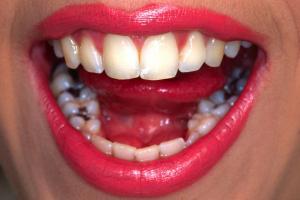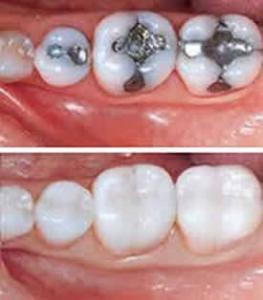 How to get my children to Brush Teeth Properly?
How to get my children to Brush Teeth Properly?
There certainly has been no lack of marketing and research money spent for the purpose of encouraging kids to take care of their teeth over the years.
A couple of years ago, some dentists tried getting kids to brush their teeth ‘Gangnam Style’; more recently, the Minions have been recruited to try and make dental hygiene more fun for kids. We wouldn’t be surprised to see a new set of hitting storeshelves later this year, after the new Star Wars movie comes out. Whatever works!
Kids need to brush 35 times on each side of the mouth, using seven strokes in five areas.
Many free or cheap Apps for smartphones designed to encourage kids to brush longer use music as way to try and keep them brushing.
In our household, we’ve had some success in getting a child more interested in brushing her teeth with a new type of chocolate-flavored toothpaste called Theodent. This line of fluoride-free toothpaste is carried at Whole Foods. Despite being chocolate-flavored, Theodent pitches itself as being more healthy than other toothpastes in that it can be swallowed; by contrast, it is not recommended to ingest most toothpastes containing fluoride.
In other kid-related dental news, there’s a website that purports to track how much money parents are leaving under their kids’ pillows whenever the “tooth fairy” comes to visit.
Apparently, the amount of money kids get per tooth has been known to fluctuate up or down in accordance with the S&P 500. In 2014, according to The Original Tooth Fairy Poll, kids received an average of $4.36 per tooth from the Tooth Fairy in 2014, that’s up from $3.50 the previous year. The site estimates that parents (or, the tooth fairy) left kids $255 million in 2014.
There are many different toothpaste options such as Colgate, Tom’s of Maine. There has been no study done comparing Kids tooth brushing compliance and the taste of tooth paste.


